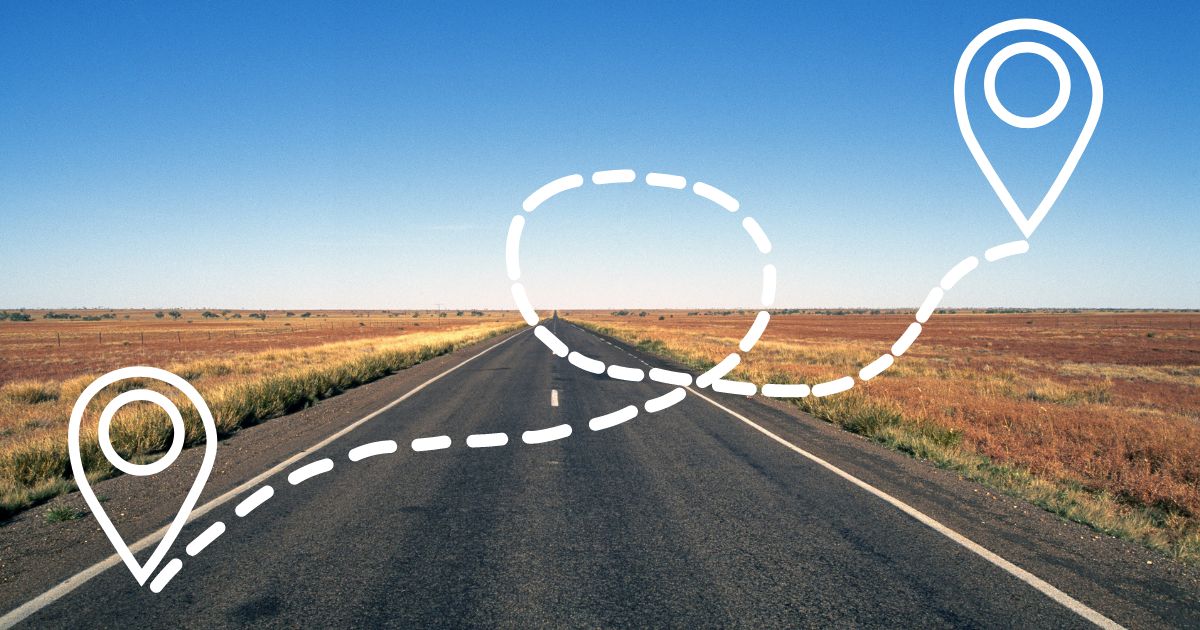
Every insurance agency needs to understand its clients to attract and retain them. Part of understanding clients means taking the time to map out the customer journey. Refresh your memory on why the customer journey is so important for your insurance agency, and then learn how to create a unique journey for your clients.
Defining the Customer Journey
Before we can get into mapping it out, what is the customer journey? It is the path that your customers follow to learn more about your insurance agency and eventually become clients. The customer journey involves defining customer goals and sentiments according to different stages of the sales funnel. It also includes identifying potential interactions between your clients and your team.
Why Map the Customer Journey
The customer journey helps you attract and retain clients in a few specific ways. These ways include the following:
- Understand customers better
- Predict customer behavior
- Improve customer service
- Improve customer engagement and acquisition
- Improve business operations
Simply put, mapping the customer journey lets you better understand your customers. You can use that knowledge to push prospective clients along the sales funnel or to retain current clients.
Stages of the Customer Journey
While mapping the customer journey, you can list every touchpoint between potential clients and your insurance agency. From there, you will divide those interactions into stages. Depending on the source you are looking at, the exact stages of the customer journey can vary slightly. However, they always follow the same general pattern.
Awareness
The customer journey always begins with awareness. When mapping this stage, you want to consider how new clients view your agency. Consider what information they have about your insurance offerings and your agency as a whole.
Your marketing efforts in this stage of the journey focus on driving awareness of your insurance agency’s expertise and brand. You can use both online and offline strategies, but you’ll need high-quality content. This is when strategies like SEO and paid advertising come into play.
Product Consideration or Decision
At this stage in the journey, clients research your insurance products and ask questions about them. They will look carefully at specific features of policies and then compare those policies with those offered by competitors.
Your goal during this stage is to increase engagement on your digital channels. This is where your insurance agency’s website plays an important role, especially its navigation, layout, and design. Your presence on other digital channels is also important at this stage. You will also need to offer omnichannel support, including email, text, and phone, to respond to customer queries as efficiently as possible.
Policy Purchase
This is the stage when clients decide to buy a policy that fits their needs. At this point, they should fully understand all of the features and benefits of your insurance policies.
Your goal during this stage is to make the process of buying a policy as simple as possible. For example, turn boring information packets into infographics. Use e-signatures and electronic documents to make signing policies faster and more secure.
Customer Experience
Some customer journey maps will consider the experience of current clients a separate stage of the journey, while others include this with retention.
During this stage, pay attention to how clients change how they use your insurance policies and services over time. For example, look at how they expand coverage when they buy a new home or have a child. You also want to identify areas where customers struggle, such as a lackluster online portal. Then, you can work to improve those problem areas.
Retention
Customer retention is easily among the most important stages of the customer journey. The focus here is to keep your customers happy, so they decide to continue working with your insurance agency. For example, offer the convenience of an intuitive client portal via Jenesis.
You will also likely have retargeting campaigns in your paid advertising. This is crucial for insurance agencies due to the importance of retaining clients. In addition to retention, this stage also focuses on upselling and cross-selling.
Exit
While you hope to retain your clients, they will eventually leave your agency. You do your best to extend your working relationship as long as possible. But when they do decide to leave, you have to make sure the process is seamless and stress-free.
Importantly, you need to track data on why clients leave. This will help you prevent future losses and give you ways of improving customer satisfaction. Some common reasons for clients changing insurance agencies are complex claim processes, overpriced products, and unresponsive support. Make sure to get feedback from your customers so you can improve on services they found lacking.
Conclusion
Mapping out the client journey gives you valuable insights into your customer experience. Your insurance agency can use that knowledge to improve your ability to attract new clients, deliver good customer support, retain clients, and upsell and cross-sell. Even the reasons clients choose to exit your insurance agency can provide useful information.
